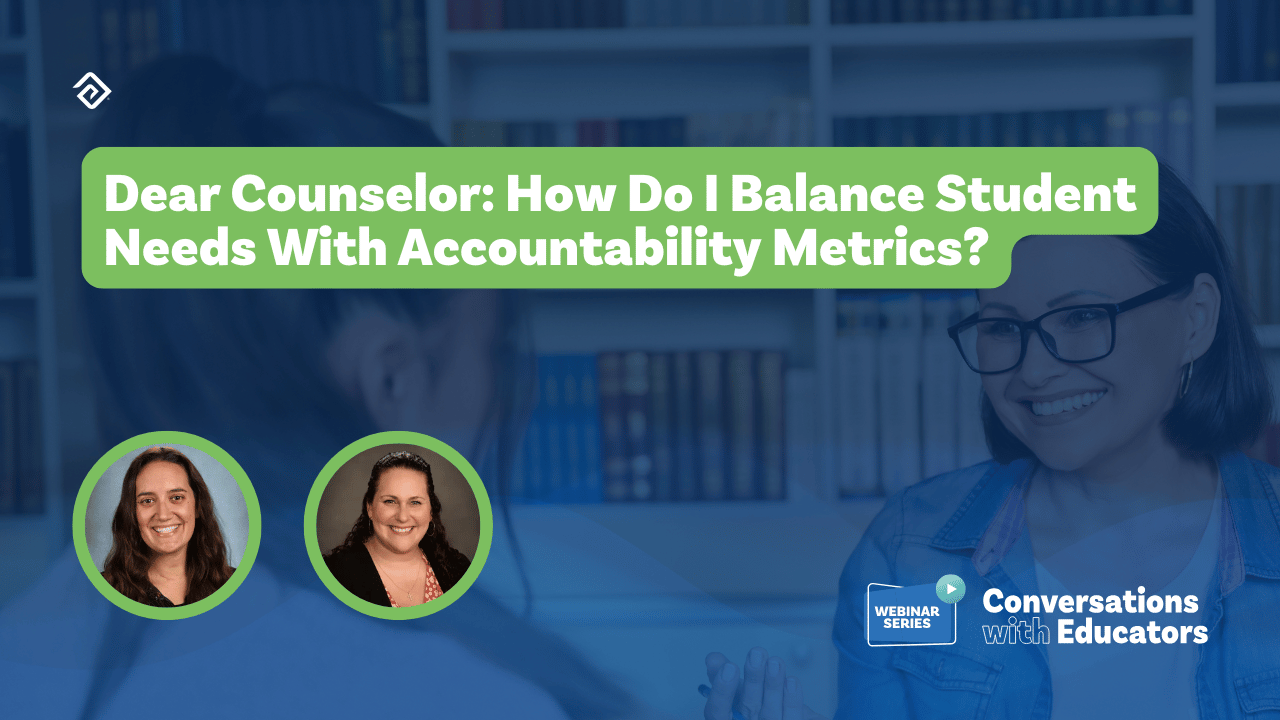Transparency in Education: What Schools Need to Know

Transparency in education is all about improving the learning outcomes for students by helping learners understand how and why teachers structure their instruction in specific formats.

Importance of Transparency in Education
The state examines students yearly on their academic achievements. Annual state assessments provide insights into student performance and how adept the teachers are at transferring knowledge to those students.
These state tests offer teachers, parents, and school boards a close-up view of how well schools perform in educating students. While there are no easy solutions to handling standardized test scores, some states periodically normalize the scores or possibly even lower the bar to artificially increase the number of students that “excel.” Students who receive such privileges sometimes later realize they were not fully prepared to successfully pursue higher education or join the workforce.
When engaged in a transparent learning task, students acquire academic confidence, employability skills, and a sense of belonging. Monitoring academic success through data collection and analysis can enhance academic practice. Using transparent teaching methods assists students in comprehending how and why they are learning course content in a specific way to help them tackle real world problems.
Transparency in Learning and Teaching (TILT) shifts the focus solely from what is being taught to include how and why it is being taught. Letting students have more influence on the process of learning improves academic success. This method allows students to take ownership and accountability in the learning process.
Transparency in Learning and Teaching (TILT) is an innovative and effective method of teaching that explains to students why they are doing particular activities. The easiest way to TILT course content or activity is by:
- Explain the objective of the assignment. By clarifying the learning objectives, TILT strengthens understanding of the relevance of the assignment and students better understand why it is important to spend time on the topic.
- Give a detailed description of the assignment. Students see a comprehensive view of the assignment, all the steps and requirements are clearly described. The result is more confident planning and management of the learning activities by students.
- Explain how grading is done. Self and peer assessments are encouraged in transparency learning approaches.

Benefits of Transparency Learning
Transparency learning has significant benefits for students concerning their education. Most students pursuing higher education will participate more fully in learning processes if there is honesty and curriculum transparency in the learning process. Transparency learning has the following benefits:
- Transparency in education eradicates barriers to participation for students, such as lack of control, expertise, and resistance to new content. This is very beneficial to teachers in gauging class participation and comprehension.
- Teachers can collect information about their students, react according to the findings, and tweak future lessons to tailor instruction to their needs.
- TILT in higher education encourages more complete data collection from each class. Sharing this data between institutions in a particular school district or across the country can assist teachers in improving the most effective learning methods.
- Transparency benefits diverse student groups since it promotes self-confidence, and encourages positive interactions amongst the group. The more involved participants in the learning process, the more meaningful and memorable are the class discussions and activities.
Transparent Assignment Design
Pairing TILT with other incremental changes in the course can be useful in supporting student learning experiences. Assignments can be made to be more transparent to students by discussing with students an assignment's task, purpose and criteria. For example:
- Purpose: Detailing the importance of an assignment to the students and the knowledge and skills they are meant to acquire will help students become aware of how to use the acquired knowledge and skills in the real world.
- Task: A detailed explanation offered to the student on how to complete the assignment helps in planning and logical thinking about the skills and knowledge they need to succeed.
- Criteria: Showing the students how the assignment will be graded provides accountability and guidance. Rubrics, which identify the characteristics of an excellent assignment and show where improvements might be useful, are an effective tool to increase transparency and help students understand what it takes to be successful.
Different teachers use transparency in learning based on their preferences and experience. Teachers who connect transparency to their activities, overall learning outcomes, and course goals at the beginning of the course are likely to receive more positive responses. To optimize time spent in class and lesson preparation, teachers often consider TILT when conceptualizing course strategies.
Using TILT bridges the gap between the teacher’s expectation of the learning outcome and the student’s comprehension of the assignment and learning outcome.
Transparency in education is an effective way of getting the best out of students and ensuring that each student's progress is monitored. Transparent teaching also helps students feel they are an integral part of the learning process by strengthening their engagement and involvement in the process.
Cardonex is an effective system that helps master course scheduling and automatically balance classes while providing students with a comprehensive back-to-school experience. Find out more about Cardonex by contacting Education Advanced.
If your school is interested in new ways to improve the learning experience for children, you may also be interested in automating tasks and streamlining processes so that your teachers have more time to teach. Education Advanced offers a large suite of tools that may be able to help. For example, four of our most popular and effective tools are:
- Cardonex, our master schedule software, helps schools save time on building master schedules. Many schools used to spend weeks using whiteboards to organize the right students, teachers, and classrooms into the right order so that students could graduate on time and get their preferred classes. However, Cardonex can now be used to automate this task and deliver 90% of students' first-choice classes within a couple of days.
- Testhound, our test accommodation software, helps schools coordinate thousands of students across all state and local K-12 school assessments while taking into account dozens of accommodations (reading disabilities, physical disabilities, translations, etc.) for students.
- Pathways, our college and career readiness software, helps administrators and counselors create, track, and analyze graduation pathways to ensure secondary students are on track to graduate.
- Evaluation, our teacher evaluation software, documents every step of the staff evaluation process, including walk-throughs, self-evaluations, supporting evidence, reporting, and performance analytics.

More Great Content
We know you'll love



